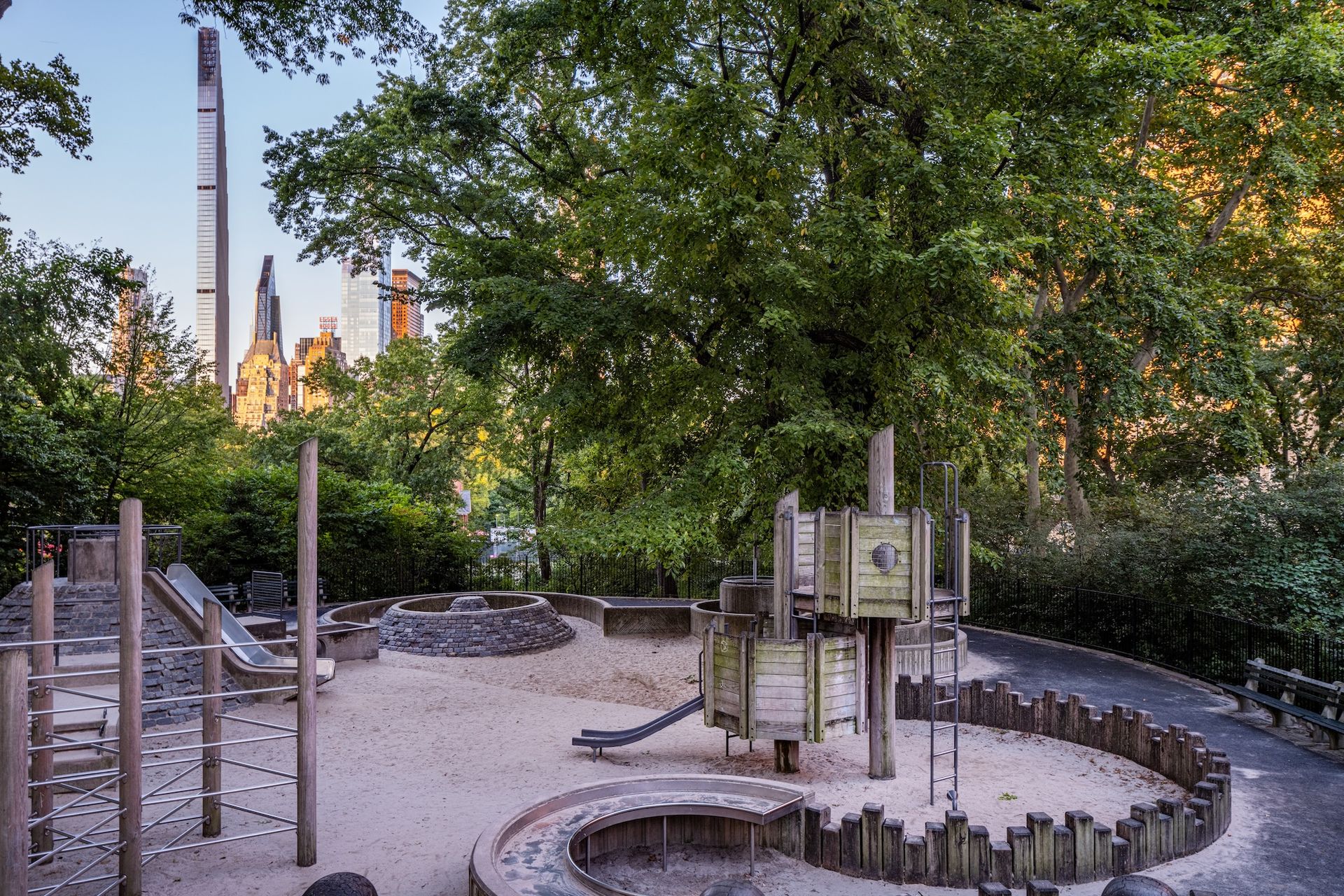The Cultural Landscape Foundation (TCLF) has released its annual report and digital exhibition, Landslide 2024: Demonstration Grounds, featuring 13 sites of protest across the US. While the Washington, DC-based advocacy and education non-profit typically uses the initiative to highlight threatened landscapes or landscape features, the 2024 report marks the first time the foundation is seeking to preserve the memory of events at risk of being forgotten. These events represent protests and acts of civil disobedience responding to issues ranging from civil rights and urban development to equal rights for marginalised and underrepresented groups.
The decision not to focus on landscapes at risk came after the foundation’s 25th anniversary last year, when it reflected on its work over the decades. “We wanted to do something different,” Charles A. Birnbaum, the foundation’s president and chief executive, tells The Art Newspaper. “Because of the way preservation laws are written, they tend to focus on landscapes with material fabric, like evidence of significant battles or historic people. Very often, places that are ephemeral or where the stories associated with them are invisible become vulnerable to change and don’t withstand the passage of time.”
The 13 sites selected once hosted significant—yet forgotten, little-known or erased—protests. These were chosen through a call for nominations and include places with broad historical importance that also became significant for their at-risk memories. Independence Mall in Philadelphia, for example, is widely known as the site of several events during the American Revolution and is now part of the National Park Service. It was also home to five, lesser-known annual demonstrations for gay rights beginning in 1965.
“It was important for us to include National Park sites to highlight the fact that the National Park Service has broadened the way it interprets places, even if the interpretation is outside of its enabling legislation,” Birnbaum explains. “It’s also a reminder to pay attention. In the past, we’ve seen a scrubbing of information from federal government websites during particular administrations.”

The West 67th Street Adventure Playground, New York City Photo: © Barrett Doherty Images, courtesy The Cultural Landscape Foundation
Other sites are of more localised importance, including a playground on West 67th Street in New York that, in 1956, saw a group of 50 mothers and their children stage protests against the city park commissioner Robert Moses’s plan that would have turned the area into a parking lot.
The list also includes places where multiple demonstrations occurred over the course of several years. The Mississippi River Levee, for example, is featured for its role in three significant protests over more than 150 years. The first, in 1811, saw one of the largest revolts of enslaved people, with hundreds marching towards New Orleans to fight for freedom—an event that tragically led to the execution of many involved. Known as the German Coast Uprising, the revolt was reimagined in a 2019 re-enactment by the artist Dread Scott, but in his version, the group succeeded and reached New Orleans safely. The area also became the site of a significant student walk-out for civil rights in 1968 and the location of demonstrations for interracial peace and equality in the 1970s.
“We’re always looking for a variety of typologies, geographies, timeframes and scales when selecting the annual list,” Birnbaum says. “The 2024 collection spans a range of demonstrations. Their memories can exist in plain sight, which is what happened when we discovered the centennial of W.E.B. Du Bois’s commencement address at Fisk University.”
During this event in 1924, the civil rights activist spoke out against the Nashville school’s president, Fayette McKenzie, denouncing his decision to ban several student organisations—such as the newspaper and the campus chapter of the National Association for the Advancement of Colored People (NAACP). Du Bois’s rousing speech led the student body to boycott classes, stage protests and eventually vacate campus until McKenzie resigned. “These seminal protests raised important issues that we feel resonate with social issues today,” Birnbaum says.
To help increase visibility of the sites, TCLF conducted extensive research, including oral histories with people who experienced the events or their aftermath firsthand. The team also commissioned photographers to document the locations, all of whom donated their time and images—including Marion Brenner, Sahar Coston-Hardy, Rodrigo Gaya, Alan Karchmer and Jeannie Frey Rhodes. Their images, along with archival materials such as historic photographs and maps, help preserve the stories at risk.

The Fisk Memorial Chapel and quad at Fisk University, Nashville, Tennessee Photo: Robbie Jones, courtesy The Cultural Landscape Foundation
In addition to the research and visuals, the report includes recommendations for protecting the ongoing legacy of the sites’ stories. There are calls to action with information on groups to contact in order to advocate for signage and on-site interpretive materials. Some list specific initiatives and non-profits that support the sites.
“Our mantra in all of the work we do is: make visible, instill value and engage,” Birnbaum says. “We take for granted that the things at risk in the past might or might not be at risk again in the future. We see it happening with public parks, where land continues to be confiscated. It’s important to remain engaged, because when these sites are gone they’re gone.”
In another shift for the Landslide initiative, the foundation is taking its commitment to engagement further by diving deeper into its 2024 report instead of producing a new one in 2025. In its place, TCLF will organise online and in-person public programmes featuring the 2024 sites. This will allow the foundation to continue to work with people who were directly involved in the demonstrations—“living witnesses”, as Birnbaum calls them—an important step to further explore and document the oral histories that are some of the only memories of the events.
“There’s so much more to unpack with these stories,” Birnbaum says. “It’s one thing to read about what took place, but when you stand on the land where an event happened, it elicits a strong feeling and personal association. It takes on a whole new power.”










